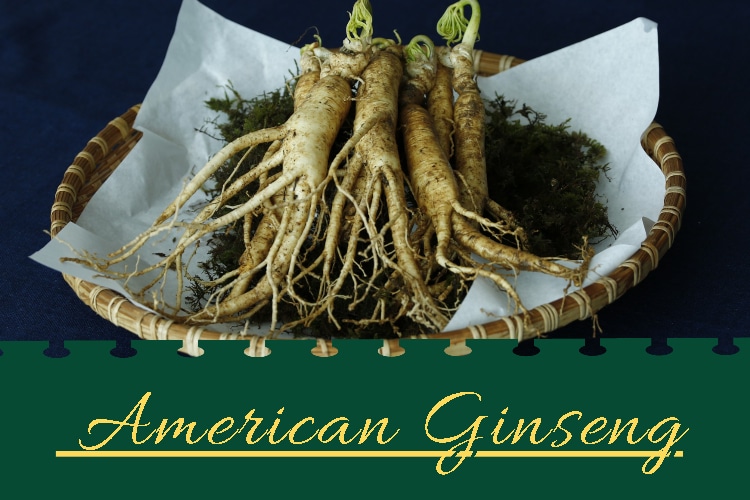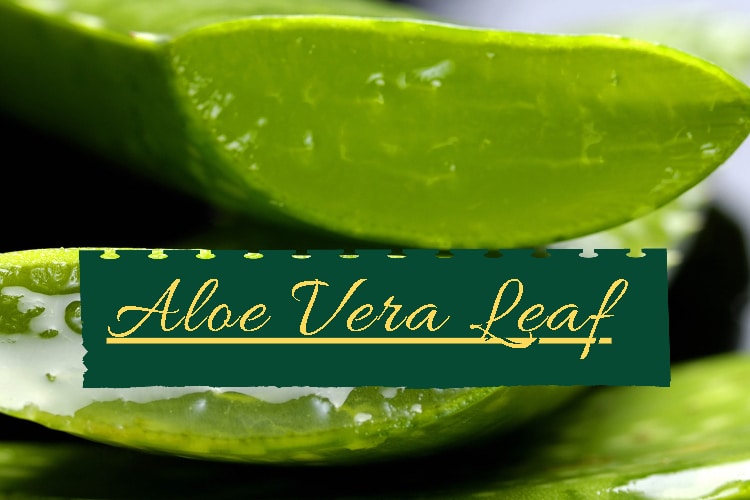
Absinthe
Absinthe has long been used by herbalists to eliminate worms, improve appetite, and as an aid for improving gallbladder, liver, gastric and vascular disorders, as well as migraine headaches. Applied topically, it aids in healing wounds, skin ulcers, blemishes, and insect bites. Long used in the preparation of alcoholic beverages (absinthe), it is a digestive, improves the appetite, and relieves many digestive disturbances.
Table of Contents
Plant Description
Absinthe is native to Europe, Siberia, and North Africa and has been naturalized in North America. In England, the plant grows in many places and appears to thrive near the sea.
It is a perennial root, which arises to a height of two to three feet with leafy, flowering stems. The leaves and flowers are extremely bitter, with the characteristic odor of thujone, and the whitish plant is closely covered with fine, silky hairs. The plants are harvested in July and August, and only the leaves and tops are used.
History
The genus, Artemisia, is derived from Artemis, the Greek name for Diana, who is said to have found the plants and delivered their powers to Chiron, the centaur, and the ancient Greeks claimed that the plant counteracted the poisons of hemlock and toadstools.
One of its common names, wormwood, is derived from the Anglo Saxon wermode or wermut, meaning preserver of the mind, since the herb was thought to enhance mental functions and which accounts for its use in treating nervous temperament and melancholia.
In 1577, in July’s Husbandry, Tusser advised people to lay their flowers among “stuff and furs.” They did this to keep away moths and insects. In 1772, Dr. John Hill made an infusion for treating indigestion. With the exception of rue, wormwood is the bitterest herb known, but it is wholesome and was very much in demand by brewers for use, instead of hops.
The major constituent of Absinthe is a volatile oil, dark green or blue in color, with a strong odor and bitter taste. The essential oil in Absinthe was an ingredient in the alcoholic aperitif also called absinthe, which was first created by Henri Pernod in 1797.
Today’s successors to absinthe – anisette and vermouth – do not contain thujone. Absinthe oil contains thujone (absinthol or then acetone), thujyl alcohol (both free and combined with acetic, isovalerianic, succine, and malic acids), cadinene, phellandrene, and pinene.
The herb also contains the bitter glucoside, absinthin, and other salts. Other phytochemical and nutrient contents include beta-carotene, chamazulene, chlorogenic acid, isoquercitrin, p-coumaric acid, rutin, salicylic acid, tannins, vanillic acid, and vitamin C.
Medical Uses
Absinthe has been used as a powerful tool to fight worms (notably pinworm and roundworm) and other parasitic infestations in humans and animals. It has long been used as an anthelmintic that expels intestinal worms.
Used as a bitter, Absinthe aids in secretions of the gallbladder and liver and is an old and trusted remedy for bilious and liver troubles, jaundice, and gallbladder ailments.
Absinthe is a nervine tonic that nourishes the nervous system and, thus, eases stress and nervous disorders. The herb calms and soothes the nerves and reduces tension and anxiety.
Traditional herbalists claim that Absinthe is a febrifuge, lowers intermittent fevers, and fights infection.
Because Absinthe increases stomach acidity, it aids in the whole digestive process. Especially, when there is a deficiency of gastric juice. It has been used to help alleviate gastritis, stomachache, bloating, and flatulence. Moreover, as a bitter, aromatic herb, Absinthe is also said to improve a meager appetite.
Absinthe is a uterine stimulant. It is said to help control irregular menstrual cycles (and thus, should not be used by pregnant women).
Well known for its commercial use in the preparation of liquors, notably absinthe and vermouth, Absinthe has also been used medicinally as a mild sedative. This bitterest of herbs includes a narcotic analgesic that affects the portion of the brain dealing with pain.
If not used habitually, the herb’s absinthium has been known to stimulate the cerebral hemispheres and act as a direct stimulant on the cortex cerebri, aiding in the relief of migraine headaches, nervous diseases, in addition to soothing nervous temperament.
Applied topically, the oil extracted from Absinthe acts as an anti-inflammatory that is used as a liniment to relieve pain and sore muscles. It is useful for healing wounds, skin ulcers, blemishes, and insect bites.
Absinthe may also be used as an insect repellent when sprayed on organic gardens or when prepared as a sachet to keep moths from clothing.
Precautions
Absinthe is a uterine stimulant and should not be used during pregnancy, as it can cause spontaneous abortion. Nursing mothers should not use Absinthe. Do not overuse; it may be habit-forming with long-term use, and prolonged use may cause nausea, vertigo, and insomnia. Do not exceed the recommended dosage (many times the recommended amount). Absinthe should never be given to children.






